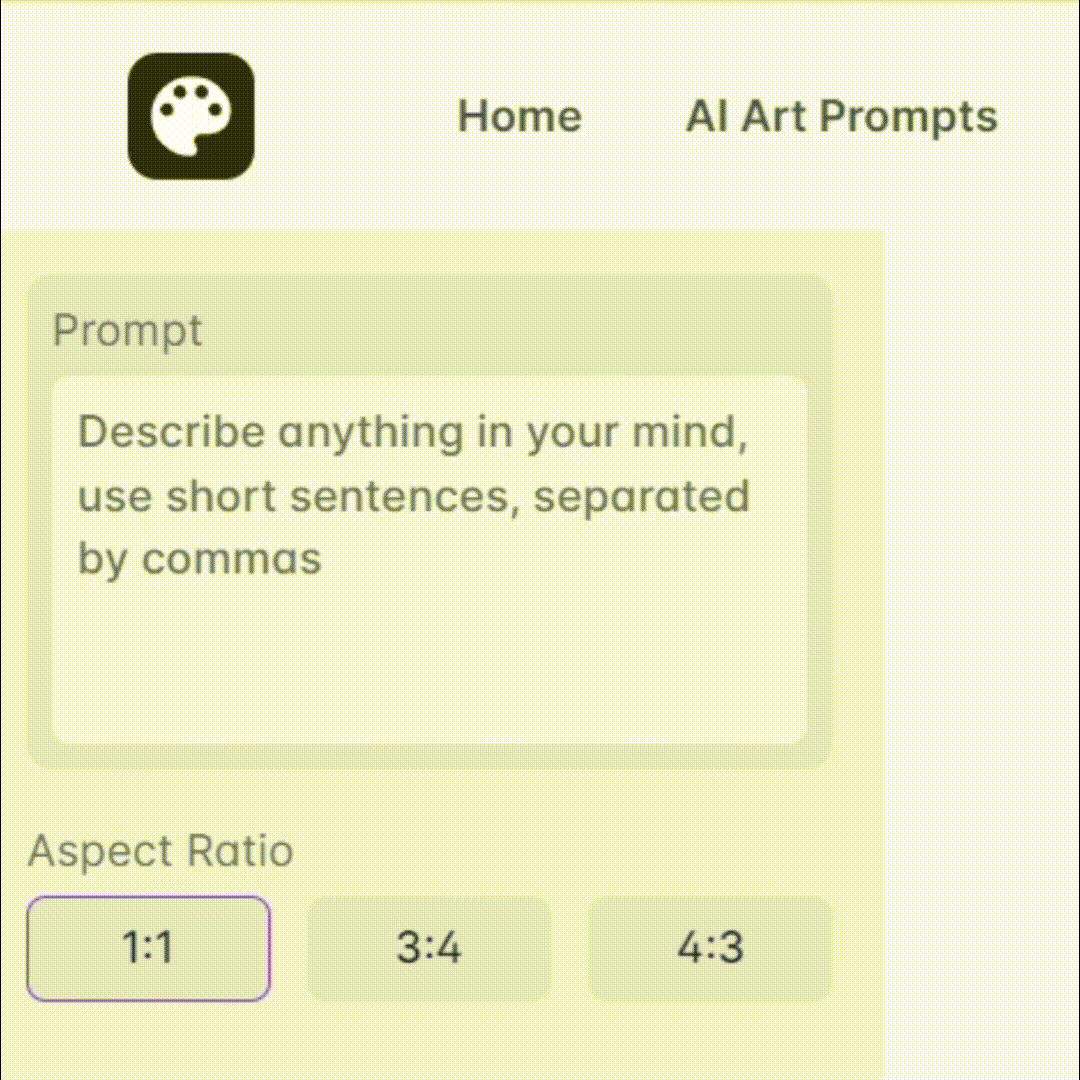
Academic Paragraph Refiner - Academic Writing Refinement Tool

Welcome to the Academic Paragraph Refiner, your partner in enhancing scholarly writing.
Elevate Your Academic Writing with AI-Powered Precision
Refine the following academic paragraph to improve clarity and formal tone:
Enhance the grammatical accuracy and sentence structure of this scholarly text:
Provide modifications to this paragraph to ensure it meets high academic writing standards:
Revise the following text for better readability and professional quality in an academic context:
Get Embed Code
Overview of Academic Paragraph Refiner
Academic Paragraph Refiner is a specialized tool designed to elevate the quality of academic writing, particularly for scientific papers. Its core purpose is to scrutinize and refine academic paragraphs, ensuring they meet the stringent criteria of academic publishing, especially in scientific journals. The tool's functionality centers around enhancing grammatical correctness, improving sentence structure, and ensuring the use of formal language. By doing so, it aids in producing clear, concise, and professionally toned academic content. An example scenario involves a research scholar struggling with complex sentence structures in their manuscript. The tool would meticulously analyze each sentence, making corrections and providing explanations for these modifications, ultimately integrating them into a coherent, refined paragraph. Powered by ChatGPT-4o。

Key Functions of Academic Paragraph Refiner
Grammatical Accuracy Enhancement
Example
Original Sentence: 'The data shows a trend where, the temperatures rise.' Revised Sentence: 'The data show a trend where the temperatures rise.'
Scenario
In a scenario where a non-native English speaker writes a research paper, the tool corrects common grammatical mistakes, such as subject-verb agreement, ensuring the text adheres to standard academic English.
Sentence Structure Improvement
Example
Original Sentence: 'Due to the fact that the experiment was conducted in a controlled environment, the results were consistent.' Revised Sentence: 'Since the experiment was conducted in a controlled environment, the results were consistent.'
Scenario
For instance, when an author uses overly complex or wordy sentences, the tool simplifies and clarifies them, making the paper more readable while retaining its academic rigor.
Formal Language Usage
Example
Original Sentence: 'We got interesting results from the test.' Revised Sentence: 'The test yielded significant results.'
Scenario
In cases where colloquial language creeps into academic writing, this function ensures that the language is formal and appropriate for scholarly publications.
Target User Groups for Academic Paragraph Refiner
Research Scholars and Academicians
This group, often engaged in writing research papers, theses, and journal articles, finds immense value in ensuring their writing is concise, clear, and adheres to the highest academic standards. The tool's ability to refine complex academic content is particularly beneficial for them.
Non-Native English Speakers
For those whose first language is not English, the tool serves as an invaluable aid in navigating the nuances of academic English writing, helping them to produce work that meets international publication standards.
Editors and Peer Reviewers
Editors and reviewers involved in the academic publishing process can utilize the tool to streamline the editing process, ensuring manuscripts are of high quality and linguistically sound before publication.

Guidelines for Using Academic Paragraph Refiner
Step 1
Begin by visiting yeschat.ai to access a free trial of Academic Paragraph Refiner without the need for login or ChatGPT Plus subscription.
Step 2
Prepare the paragraph you wish to refine, ensuring it's relevant to academic writing, such as a section from a scientific paper or a scholarly article.
Step 3
Paste your paragraph into the tool. The Refiner works best with single paragraphs at a time to maintain focus and effectiveness.
Step 4
Review the modifications suggested by the tool. Each change is presented in a Markdown table with explanations, aiding your understanding of the improvements.
Step 5
Integrate the refinements into your original text, or use the rewritten paragraph provided by the tool for a polished, academically rigorous result.
Try other advanced and practical GPTs
FighterBuddy
Level Up Your Game with AI-Powered Strategies

むげんGPTs
Exploring New Possibilities with AI

日本の登山ガイド
AI-powered Japanese trail guide

PowerApps Ally
Elevating Your PowerApps Experience with AI

NextAI
Elevate JavaScript Projects with AI-Powered Expertise

HackRepair.com | Website Security with Jim Walker
AI-Powered Website Security Solutions

Formula Transcriber
Transforming formulas into LaTeX with AI.

视觉验证器
Transforming Visions into Verifiable Data

Companion Chat
Your AI-powered empathetic friend

同漫
Bringing Stories to Life with AI

1000 People's Secrets
Share secrets, explore journeys, connect anonymously.

GPT Startup Inspiration
Empowering innovation with AI insights.

Frequently Asked Questions About Academic Paragraph Refiner
What types of documents is Academic Paragraph Refiner best suited for?
It is ideal for refining academic texts such as research papers, scholarly articles, theses, and other scientific documents requiring formal language and clear structure.
Can the tool handle paragraphs with technical jargon and complex concepts?
Yes, the Refiner is designed to handle complex academic language and technical jargon, ensuring clarity without oversimplifying the content.
Does Academic Paragraph Refiner change the meaning of the original text?
No, the tool focuses on improving grammatical accuracy and sentence structure while preserving the original meaning and context of the text.
How does the tool help users understand the changes made?
Each modification is presented in a Markdown table format, highlighting the revised part and providing an explanation for the change, aiding user comprehension.
Is this tool suitable for non-native English speakers?
Absolutely, it's particularly beneficial for non-native English speakers, enhancing their academic writing to meet high standards while also serving as an educational resource.






